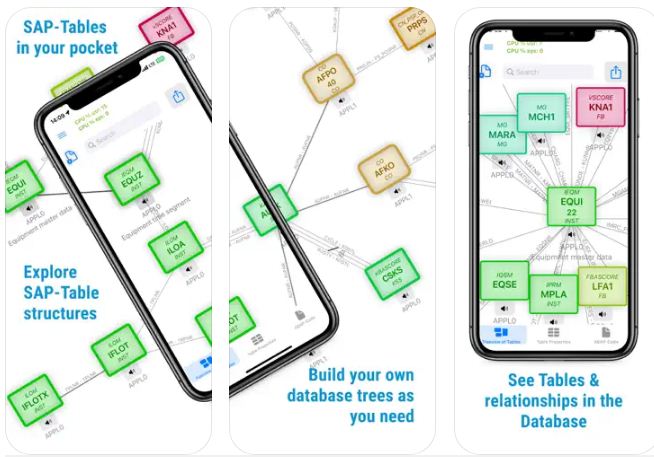In the realm of SAP systems, the intricate web of tables and views forms the backbone of data organization and retrieval. These databases hold a wealth of information that fuels the everyday operations of businesses worldwide. However, navigating through the labyrinth of SAP-Tables can often be daunting for users. The key to unlocking the true potential of these databases lies in demystifying the structures and relationships of SAP-Tables and Views with help of TabFox.
Unleashing the Power of TabFox
At first glance, SAP-Tables may appear as mere repositories of data, but a closer inspection reveals a complex network of interconnections and dependencies. Each table or view serves a specific purpose, holding unique sets of information that are essential for various functions within an organization. To truly understand the technical details of these database objects, one must start with an overview of the tables and views in question.
Delving deeper into the technical specifics of each table or view allows users to grasp the intricacies of their structures and relationships. By identifying and marking the database objects they need, users can navigate through the field list to select the pertinent fields that align with their requirements. This level of granularity enables users to extract precise data points and glean insights that are crucial for decision-making processes.
Boosting Productivity with TabFox
Furthermore, for those seeking to access the ABAP-Source code for the declaration of their chosen Tables/Views and fields, SAP offers a seamless solution. With the ability to download the ABAP-Source code, users can gain a comprehensive understanding of the underlying programming logic that governs the behavior of these database objects. This access to the source code empowers users to customize and optimize their data queries based on their specific needs and choices.
By exploring the technical details of SAP-Tables and Views, users can unravel the complexities of these database objects and harness their full potential. The ability to navigate through field lists, mark database objects, and download ABAP-Source code provides a robust toolkit for users to interact with and manipulate data within the SAP environment. This level of control and customization ensures that users can tailor their data retrieval processes to meet the unique demands of their operations.
Summary
In conclusion, SAP-Tables form the core foundation of data management in SAP systems, and understanding their structures and relationships is paramount for users looking to leverage the full capabilities of these databases. By taking a deeper look into the technical details of tables and views, users can gain valuable insights that drive business decisions and enhance operational efficiency. The ability to search for, select, and download ABAP-Source code for database objects enables users to customize their data retrieval processes with precision and accuracy. Demystifying SAP-Tables opens up a world of possibilities for users, empowering them to navigate through the complexities of data management with confidence and ease.


